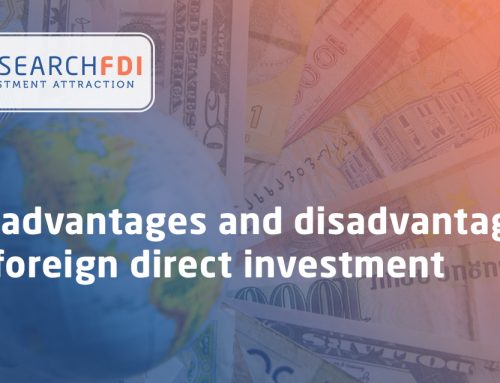Gross Domestic Product (GDP) is used to provide a snapshot of a country’s monetary market value of all final goods and services that the country has made during a specific period. GDP helps to provide a country’s economy using expenditures, production, and incomes.
GDP of a nation is an estimate of the total value of all the goods and services it produced throughout a specific period (usually done a quarter or a year). GDP can be calculated by adding up all of the money spent by consumers, businesses, and governments in a given period. It can also be calculated by adding up all of the money received by all the participants in the economy.
There are two main ways to measure GDP: by measuring spending or by measuring income.
Countries are sorted by nominal GDP estimates from financial and statistical institutions and are calculated at market or government official exchange rates. Nominal GDP doesn’t take into account the differences in the cost of living in different countries and results can vary from year to year based on fluctuations with any given country’s currency exchange rates.
The world GDP is all of the planet’s total gross national income. Gross national income takes a country’s GDP, adds the value of income from imports, and subtracts the value of money from exports.
- More from ResearchFDI:
So, what are the largest economies in the world?
According to the International Monetary Fund, these are the highest-ranking countries in the world in nominal GDP for 2020:
| Rank | Country |
GDP (Nominal) (billions of $) |
| 1 | United States |
20,807.27 |
| 2 | China |
15,222.16 |
| 3 | Japan |
4,910.58 |
| 4 | Germany |
3,780.55 |
| 5 | United Kingdom |
2,638.30 |
| 6 | India |
2,592.58 |
| 7 | France |
2,551.45 |
| 8 | Italy |
1,848.22 |
| 9 | Canada |
1,600.26 |
| 10 | South Korea |
1,586.79 |
| 11 | Russia |
1,464.08 |
| 12 | Brazil |
1,363.77 |
| 13 | Australia |
1,334.69 |
| 14 | Spain |
1,247.46 |
| 15 | Indonesia |
1,088.77 |
| 16 | Mexico |
1,040.37 |
| 17 | Netherlands |
886.34 |
| 18 | Switzerland |
707.87 |
| 19 | Saudi Arabia |
680.90 |
| 20 | Turkey |
649.44 |
The United States
The United States’ economy is the largest in the world as measured by nominal GDP. America’s biggest contributor to GDP is the economy’s service sector, which includes finance, real estate, insurance, professional and business services, and healthcare.
China
China has the world’s second-largest nominal GDP in current dollars and the largest in terms of purchasing power parity (PPP). China’s annual growth is currently outpacing that of the USA and the country may be on track to overtake the United States as the nominal GDP number one in the coming years.
China has progressively opened its economy over the past forty years and economic development along with the standards of living have vastly improved. The Chinese government has gradually phased out collectivized agriculture which has allowed greater flexibility for market prices, and increased the autonomy of businesses, foreign and domestic trade and investment have all increased.
Japan
Japan is the third-largest economy in the world. Its GDP crossed the $5 trillion mark in 2019. Strong cooperation between the government and advanced technology businesses has built Japan’s manufacturing and export-oriented economy.
Germany
Fourth among world economies, Germany had a 2019 GDP of $3.86 trillion, making it Europe’s largest economy. Germany is a top exporter of vehicles, machinery, chemicals, and other manufactured goods and has a highly skilled workforce.
United Kingdom
The United Kingdom has the fifth-largest economy in the world. It had a GDP of $2.83 trillion in 2019, up 1.4% from the prior year.1 The UK economy is driven by its large service sector, finance, insurance, and business services.






